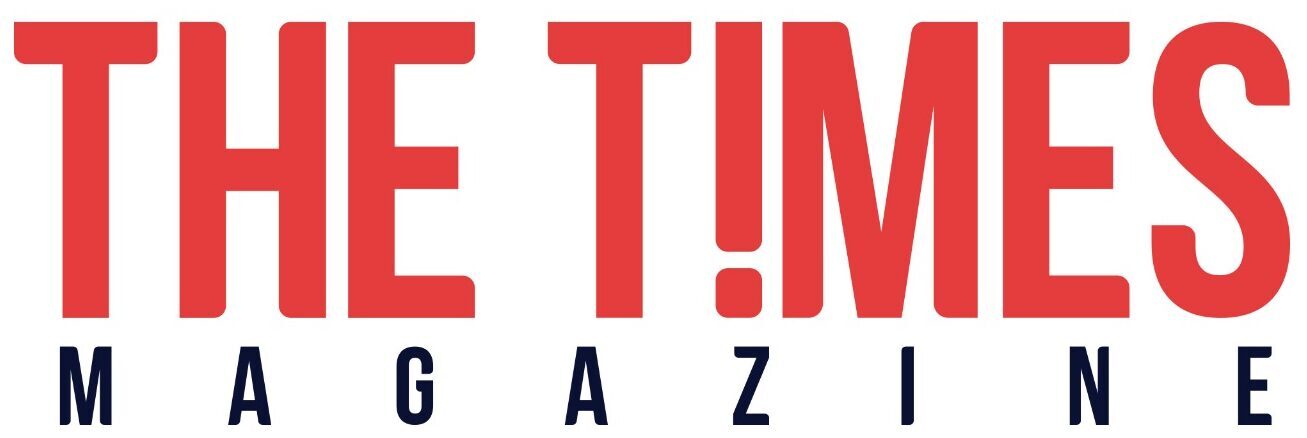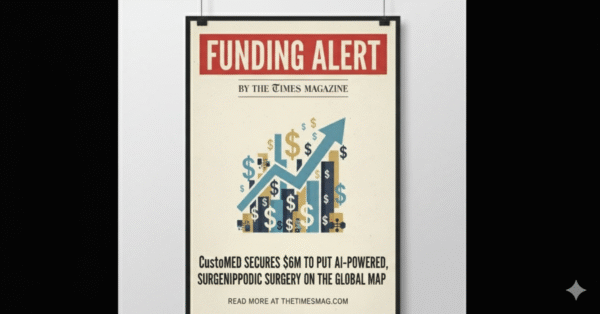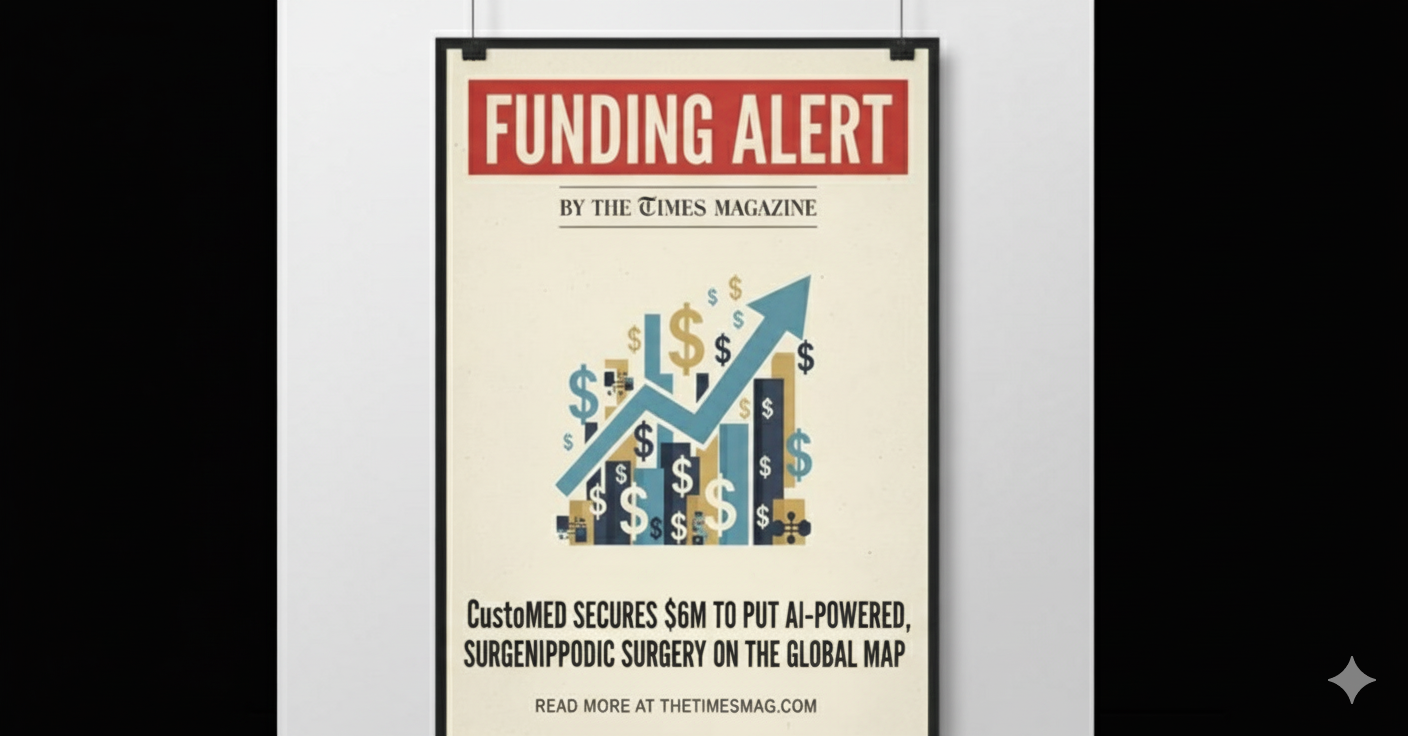In a signal-setting funding round, OneImaging has secured $38 million in fresh capital, led by Vy Capital, to scale its audacious vision: making medical imaging affordable, frictionless, and transparent. The investment comes amid swelling scrutiny of why radiology — a linchpin in diagnosis — remains so prohibitively expensive despite being essential.
Headquartered in Miami, OneImaging operates a radiology care–management stack that plugs into employers, health plans, and imaging centers. Its pitch is bold: route patients to a curated network of accredited operators, automate scheduling, claims, and pricing, and eliminate the hidden markups that currently make many patients balk or postpone scans. The company claims that by doing so, it can deliver imaging at up to 80 % lower cost than typical hospital-based systems.
To date, OneImaging says it has impacted over 2 million lives in the past 18 months alone, through partnerships with large employers and integration into commercial health plans. For context, radiology is one of the most-utilized healthcare services — second only to prescription drugs in usage — but its pricing remains opaque and inefficient, with an MRI often billed at over $2,000 despite real world delivery costs being far lower.
Vy Capital’s entry as lead investor comes with board representation, deepening its involvement in steering the company toward its growth ambitions. Other backers include Aquiline, Sempervirens Venture Capital, XRC Ventures, Dylan Field, Balaji Srinivasan, and Jon Oringer.
Elan Adler, founder and CEO, often points to a deeply personal origin story: when his father waited six weeks for an MRI, the delay allowed his cancer to progress. Drawing on roles at Siemens Healthineers and The Cleveland Clinic, Adler has made it his mission to tear down the dysfunction he witnessed in radiology’s back offices. “Patients need to know where they can get high-quality scans at transparent prices and without long waits,” he says.
How It Works — The Nuts & Bolts
On the ground, OneImaging positions itself as a “Radiology Benefit Manager” — a layer between payers/employers and imaging sites. It begins by aggregating a network of over 4,000 imaging centers (out of ~12,000 US facilities) that are willing to transact transparently under its framework.
Employers or health plans bring OneImaging onboard; consumers get access (usually via employer sponsorship) to book scans through a digital portal or the OneImaging Mastercard, with pricing and location transparency upfront.
On the provider side, imaging centers get guaranteed upfront reimbursement and avoid the headaches of claims adjudication, allowing them to focus instead on throughput and quality. The system also emphasizes automation and reduction of administrative burden — up to 30 % cost savings on operating expenses for provider partners.
A View from the Trenches: Potential, Risks, and Inflection Paths
If OneImaging succeeds in what it claims, it could help reshape how imaging is priced and delivered in the U.S. health system. But success will require threading narrow needles:
Provider alignment is critical. Hospitals and large health systems have powerful incentives to keep imaging in-house — partly because it’s lucrative and partly because of referral flow control. Convincing independent centers or hospital-affiliated outpatient imaging departments to adopt OneImaging’s model will require both financial incentives and trust that volume flows will follow.
Regulation and reimbursement complexity loom large. Radiology intersects with commercial payers, Medicare, Medicaid, and often state-level rules. Adapting the model to different insurance architectures and ensuring compliance with fraud, billing, and coverage rules is nontrivial.
Consumer adoption is a soft spot. Many patients defer imaging because of cost or confusion. But adopting a novel “benefit manager” layer — even if the pricing is lower — requires behavior change, trust, and coordination with referring physicians.
Margins will tighten as it scales. While 80 % cost reduction sounds dramatic, the company will need robust unit economics to deliver at scale — balancing network reimbursement, administrative overhead, marketing, and technology.
Still, the momentum is real. The $38 million injection gives OneImaging fuel for expansion, improving its AI decision support, accelerating onboarding, and widening its network. In a health environment where payers and employers are desperate to cap runaway imaging costs, a well-executed alternative could draw serious traction.
In five years, we might look back at OneImaging — or its peers — as one of the turning points in redefining radiology as an accessible, commodity-like service rather than a boutique markup. But that pathway demands surgical execution in healthcare’s most intricate corridors.
If you need further assistance or have any corrections, please reach out to editor@thetimesmag.com











